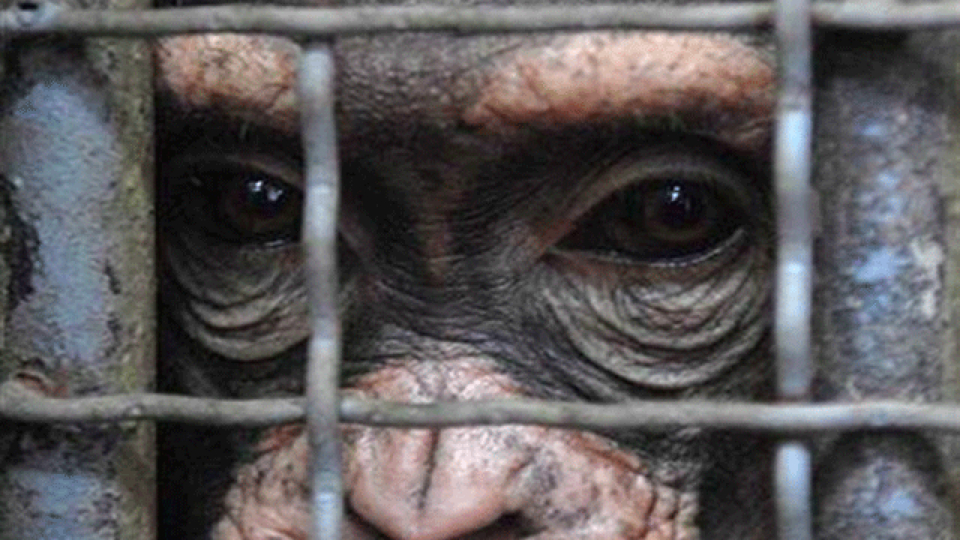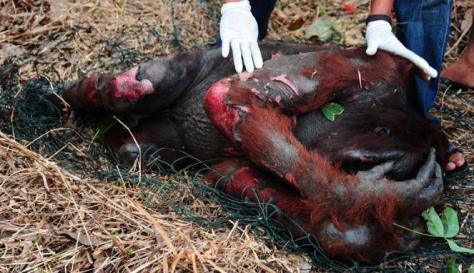From prehistory, where medicine started began with plants, minerals and parts of animals; until today, medicine has evolved very quickly. Much of the “fault” of his fact is due to genetics, which allows us to talk about personalized medicine. In the following article we discuss this.
THE EVOLUTION OF DISEASES
To talk about medicine, we have first to know diseases. We cannot think that all diseases are genetic, but there are diseases related to anatomical changes, fruit of our evolution.
Chimpanzees are the closest animal to us, humans, with which we share 99% of our genome. Despite this, humans have very particular phenotypic characteristics as the brain most develop, both in size and expansion of the cerebral cortex; hairless sweaty skin, bipedal posture and prolonged dependence on offspring, allowing the transmission of knowledge for longer; among other.
Possibly, the bipedal position was key to the early development of the divergence between the chimpanzee lineage and that of humans; and is also the reason for the appearance of some diseases related to anatomical factors. Among them are hernias, haemorrhoids, varices, disorders of the spine, such as herniated intervertebral discs; osteoarthritis in the knee joint, uterine prolapse and difficulties in childbirth.
The fact that the pelvis was remodelled (Figure 1) and narrower resulted in obstetric problems millions of years later, when the brain expanded. Consequently, the skull as well. The heads of the foetuses were longer and larger, making birth difficult. This explains why the deliveries of humans are longer and longer compared to those of chimpanzees and other animals.

The evolution towards modern life has behaved many changes in every way. In comparison to our hunter-gatherer ancestors (Figure 2), our diet has changed a lot and has nothing to do with what other primates eat. For the latter, the fruit represents most of the intake, but for us it is red meat. In addition, we are the only animals that continue to feed us milk after the lactation period.

If we add to the sedentary lifestyle and the limited physical activity of modern humans, it can help explain the seriousness and frequency of some modern human diseases.
Lifestyle can also affect us. For example, myopia, which rate is higher in western individuals who read a lot or do activities of near vision, compared to individuals of Aboriginal’s towns.
Another clear example is the alteration in the female reproductive stage. Currently, women have children more and more later. This is also linked to a decrease in the duration of breastfeeding. These changes, which can be considered socially positive, have negative effects on the health of the reproductive organs. It has been shown that the combination of early menarche, limited or no breastfeeding and later menopause are the main risk factors for breast and ovarian cancer.
Humans increasingly live more years and we want the best quality of life. It is easy for more longevity to appear more diseases, by the deterioration of the organism and its cells.
THE EVOLUTION OF MEDICINE
The history of medicine is the history of the struggle of men against disease and since the beginning of this century, is also the history of human effort to maintain health.
We have acquired the scientific knowledge of medicine based on observation and experience, but it has not always been so. Our ancestors experienced sickness and the fear of death before a rational picture could be made of them, and the medicine of that time was immersed in a system of beliefs, myths and rites.
However, in the last years it has been born personalized genomics, which tells you your risk factors. This opens a door to personalized medicine, which adjusts treatments to patients depending on their genome (Figure 3). It uses information from a person’s genes and proteins to prevent, diagnose and treat a disease, all thanks to the sequencing of the human genome.

Molecular methods that make precision medicine possible include tests of gene variation, proteins, and new treatments targeting molecular mechanisms. With the results of these tests and treatments can determine the state of the disease, predict the future state of the disease, the response to the drug and treatment or even the role of the food we eat at certain times, which results of great help to the doctors to individualize the treatment of each patient.
To do this, we have within our reach the nutrigenetics and the nutrigenomics, that like the pharmacogenetics and the pharmacogenomics, they help the advance of a medicine is more and more directed. Therefore, these disciplines are today one of the pillars of personalized medicine since it involves treating each patient individually and tailor-made.
The evolution towards precision medicine is personalized, preventive, predictive and participatory. There is increasing access to information and the patient is more proactive, getting ahead of problems, preventing them or being prepared to deal with them efficiently.
REFERENCES
- Varki, A. Nothing in medicine makes sense, except in the light of evolution. J Mol Med (2012) 90:481–494
- Nesse, R. and Williams, C. Evolution and the origins of disease. Sci Am. (1998) 279(5):86-93
- Mackenbach, J. The origins of human disease: a short story on “where diseases come from”. J Epidemiol Community Health. (2006) 60(1): 81–86
- Main picture: Todos Somos Uno


























































